More Sensitive Issues – In part two of his expose of fitting women to bikes, Steve Hogg looks at the three sore points.
In the last issue I described problems that women can encounter when riding bicycles. This portion will explain in general terms what the solutions are. I say “in general terms” because there is obviously an individual aspect to each particular female’s case. It would take a thick book to cover all the additional complexities caused by the inherent structural shortcomings, limb length discrepancies, left/right asymmetries, injuries etc, of any given person.
That is not what this article is about, although all of these problems have their on-bike solutions. What this is about is general advice to enable more women to ride their bikes comfortably, efficiently and above all, powerfully.
First let me enumerate a few general principles that I will explain a little later in more detail.
1.Put your backside in the right place
2.Put your feet in the right place
3.Put your handlebars/ aero bars in the right place
These three principles might seem like I am stating the obvious, allow me to explain.
1.Your Backside
Okay, so where is the right place? The answer to that, like everything else to do with humanity, is varied as people are. However, generally speaking, women need to sit further back than is usually possible on production bikes with standard seats and seat posts. Why? The factors that generally determine how far behind the bottom bracket a given rider should position their saddle are:
i.Proportional length of upper leg to lower leg;
ii.Gluteal mass;
iii.Foot size relative to leg length;
iv.Individual pedalling technique.
I am trying to keep this fairly concise and non technical, however the upshot of all this is that women typically (there are exceptions) have proportionately longer upper legs, more gluteal mass, relatively smaller feet and more toe down pedalling technique than men.
All of this in turn means that they sit further back and often higher than is commonly realised to support their weight correctly and comfortably in the saddle; also to enlist all of the available musculature in the pedalling stroke and to exert force on the pedals through the longest portion of the arc described by the crank arm possible, for a given rider.
~I have set up thousands of bike riders and triathletes of all levels and the totality of that experience is that there are only individual solutions, not arbitrary relationships or rules of thumb that have any efficacy when applied to any particular person.
With that disclaimer, the closest I can get to a “rule” to help women get there backside in the appropriate place is by the following procedure:
Fit your bike to an indoor trainer. Make sure the bike is dead level. The best way to do this is by checking with a long spirit level that is level between front axle centre and rear axle centre. To find if the seat setback and height are in the general vicinity of where they should be, try the following – change to a big gear that requires significant effort to turn, yet you can maintain reasonable form.
Place your hands on the drop bars or aero bars. Have a helper stand in front of you ready to catch you. Now while pedalling hard, suddenly remove your hands from the bars and hold them out to your sides. Don’t sit up. If you can do this and not head butt your handlebars, or have to be supported by your helper, then you are in the general area. Teetering a bit is okay, but under these conditions, if you cannot support your upper body without your arms, your seat is too far forward. This is providing of course that your bars are in the right place: but I will get to that.
A large majority of women (and many men) would fail this test. Remember this: bum for sitting on and bearing weight, torso for breathing and arms for steering. Don’t confuse the job of each body part. Most women will need a change of seatpost to accomplish this. The best two are the Time seatpost and the Selcof Bi Position seatpost, both of which have significantly more offset than standard posts.
Saddles are a huge variable with women. Again the best I have come across in no particular order are: Selle Italia Ladies Trams Am, Giro Vitesse, Avocet 02W, San Marco Aero and Ladies HDP. Many of the Terry saddles like the ATB Comp and the Liberator Pro are okay too, but in many cases the shorter rail length that they have, limits the adjustment possibilities.
In a nutshell ladies, make sure you can feel you are sitting firmly on your sit bones at the base of your pelvis. Not on your perineum, genital area or hands.
2.Your Feet
You need to put your feet in the right place, which is where? Hands up everyone who said the fall of the foot (first metatarsal joint) over the pedal axle? Go to the back of the class because that is not correct.
Yes, I know that is what all the books and coaching manuals say, but you are still wrong. I will explain why. I have asked many coaches why the ball of the foot should be positioned over the pedal axle. Very few could give me an answer that made any sense. Some said it had been scientifically proven but none knew how or what the test protocol or methodology had been. Some fell back on the fact that that had been the correct answer in a coaching exam.
One or two fairly switched on coaches suggested that ball of the foot over the pedal axle gives the rider the longest possible lever arm as measured from the ankle joint to the centre of the first metatarsal joint. The last explanation would make sense, but only if the human foot was a rigid beam like a steel bar. Alas, it is not. The ankle/foot complex has 28 bones and 25 component joints and is quite flexible. How flexible varies widely from person to person. Whilst pedalling, this degree of flexibility relates not only to the morphology of the foot but also to the amount of inversion or eversion caused by the combination of foot morphology and last shape of particular cycling shoes.
If the ball of the foot is over the pedal axle as measured in the usual fashion then, in the main, the plantar fascia, achillis tendon and calf muscle are placed under unnecessary strain trying to stabilise the contact point between foot in shoe and pedal, and to some degree the midfoot subsidiarily. This unnecessary strain attracts extra blood flow and oxygen, or to put it another way, heartbeats.
What I am saying is this. The ball of the foot should be positioned in front of the pedal axle. Done correctly the foot will be inherently stable to a larger degree and maximum power output will occur at typically 5, but as many as 10 heart beats per minute lower heart rate than will conventional cleat placement. Another way of saying this is your power output will go up at the same heart rate or your heart rate will go down at the same power output.
To achieve this, the ball of the foot needs to be typically 5-10mm in front of the pedal axle, as measured in the usual fashion. How far in front is determined by size of foot, pedalling technique, type of construction of shoe and discipline being trained for. As with my previous “rule”, this is a guide and individual needs can vary from that 5-10mm – rarely less, but occasionally more is sometimes needed.
Once you have the foot position on the pedal right, check the seat height again. Often an adjustment is necessary. If positioned correctly, your weight should be largely supported under your backside and your feet on the pedals should feel solid and have more “oomph”.
3.Your Handlebars
Now you need to put your handlebars or aero bars in the right place, which are where? The answer is that the bars should be set in such a way so that the woman being set up can comfortable exercise all the available positions. That means being comfortably able to reach the bar tops, brake hoods and drops on a road bar, as well as comfortably reach an aero bar if one is used, without compromising seat position.
If a rider needs to drag herself (or himself) forward on the seat to reach aero bars or any bar position of a road bar or bullhorn, then the bar position is inadequate. Because of their morphology, for many women the handlebars need to be set quite high.
Many women are not particularly confident riding in a bunch and ride almost always on the brake hoods so as to be quickly able to reach the brakes. If this is the case then in some cases the handlebar position needs to be biased toward the brake hoods. Women often have small hands with short fingers. This limits their ability to reach the brake levers from the drop bar position, if the levers are set comfortably high.
Basically the higher the bars have to be relative to the seat, usually the higher the brake levers have to be mounted on the bar so that they can be reached comfortably without rolling the wrist over unnecessarily. Ideally you should be able to reach the brake hoods with wrist bent five degrees or less.
Flexibility plays a large part in handle bar height. If someone is tight in the lower back then they invariably tilt their pelvis forward as they reach for the bars and jam their pubic area into the seat.
Occasionally I will find a woman who, though very flexible in the lower back, hips, hamstrings, etc is so saddle sensitive that bar height has to be determined purely in relation to pubic discomfort.
Also, I have come across women who experience seat comfort problems despite having outstanding flexibility. A significant minority of very flexible women sit on a bike in such a way that their lower backs are concave. Their degree of flexibility is so good that they experience no lower back pain, but their concave lower back rotates the pelvis forward and again jams the pubic area hard into the saddle.
Usually in these cases, inappropriate motor patterns are the reason. In neurological terms, these people lack the ability to switch on their deep abdominal muscles to brace their spine whilst riding in a prone position.
Awareness of the problem and appropriate core stability training is the answer in these cases. In general terms, the shape of the back when viewed from the side should tend towards convexity, not concavity.
If women with small hands have problems reaching the brakes from the drop bar position, with the brake hoods set at a comfortable height, then the best handlebar available is the Deda Anatomic. The anatomic section is much more squared off where it meets the top of the bar and allows the hand to get 12-13mm closer to the brake lever than other handlebars. The current 3T Start bar is another bar I use a lot for small women.
Modern STI and Ergolevers tend to be longer in reach than stand alone brake levers. The majority of gear / brake levers have no reach adjustment. Campag had this feature on their earlier aluminium bodied Ergo levers but dropped it when they changed to thermoplastic bodies. Shimano Sora is the only STI model with reach adjustment and this only caters for seven and eight speed. It is as if Shimano and Campagnolo’s designers have elected to ignore the needs of anyone with small hands. It should not be hard to design in some reach adjustment as is commonly done on MTB brake levers. If this feature was common, many women would find it a big help.
Aero bar position is a bit on an issue because of the poor design of the majority of aero bars. Many people have to drag themselves forward from their usual seating position to reach the aero bars because of lack of adjustability in those same bars.
The best aero bars currently on the market when it comes to adjustability is the Profile Carbon Stryke. I have used this for women from 143cm and 43kg to 191cm and 87kg without problems. It is not a perfect bar but it is the best out there at the moment. An honourable mention also goes to the Profile Aerolite, which is basically a Syntace copy but with fore and aft adjustment of the extensions. Unfortunately it is not adjustable enough for smaller women but otherwise is a good bar. Both bars also do not have that Profile habit of using poor quality allen bolts with three mm heads that chew out when you try and tighten them.
Final Word
In the first instalment of this article I gave the basic reason for the problems women often encounter on bikes. Simply put, modern bike design is all about mass production at the lowest possible production cost without affecting material quality. Bike frames are designed as a solution to production engineering problems. They are not designed to address the needs to women who, I said previously, want to ride comfortably, efficiently and powerfully. These same problems also affect men though to a lesser degree.
Ladies you need to be more frank. Women discuss their comfort problems freely amongst themselves but are reticent with males who are their advisers, coaches or riding partners. Don’t allow the situation to become secret women’s business. Lack of awareness amongst males often translates to lack of understanding of the problem and consequent lack of help. There is a coded phrase that I have heard many women use “My bottom feels very sore on the bike”. The problem is they are not talking about their backside at all.
A few years ago an eminent urologist in the States names Dr Irwin Goldstein came out in print about what he described as epidemic erectile dysfunction amongst males who ride bicycles. He related the number of cases, some involving high profile people within the bike industry, who had been permanently damaged in this way through cycling. Sometimes there was a surgical solution, in other cases not. Dr Goldstein had formed the view that men are not designed to ride bicycles. I have had quite a few men come to see me looking for an on bike solution to these problems. Some were frank, others beat around the bush till the penny eventually dropped and I realised their major reason for seeing me.
I largely agree with Dr Goldstein but not quite. I will paraphrase him a bit though:
“Men and women are not designed to ride modern mass produced bikes without substantial modification to the riding position dictated by production frame design.”
Steve Hogg is the owner of Cyclfitcentre.com / Pedal Pushers bike shop in Randwick, Sydney. Steve has positioned over 7,000 road and MTB cyclists and triathletes, including World Championship and Olympic medallists.

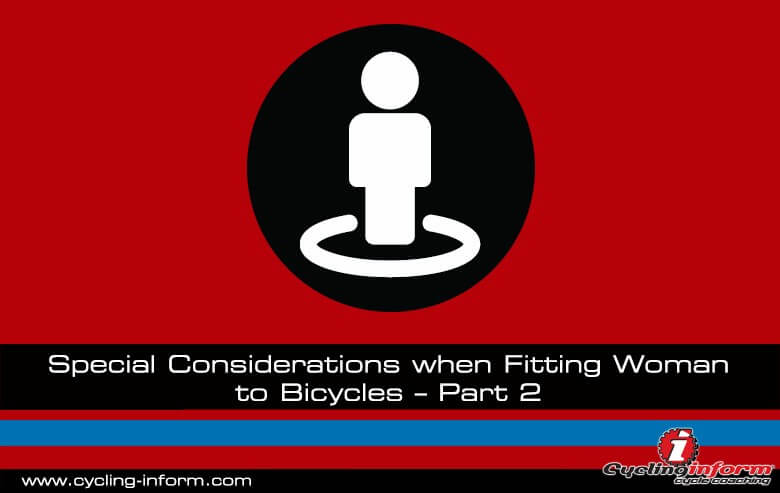
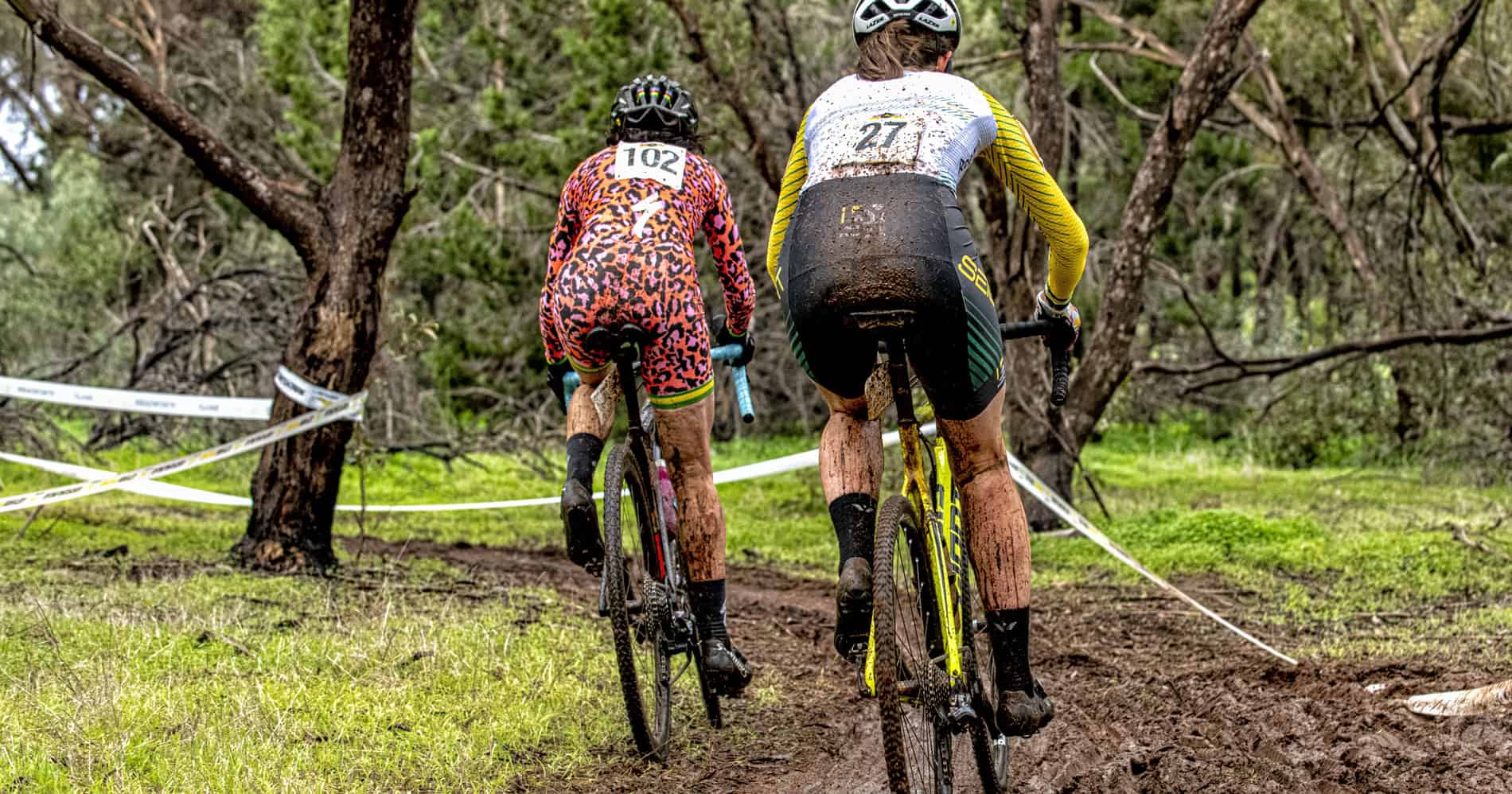
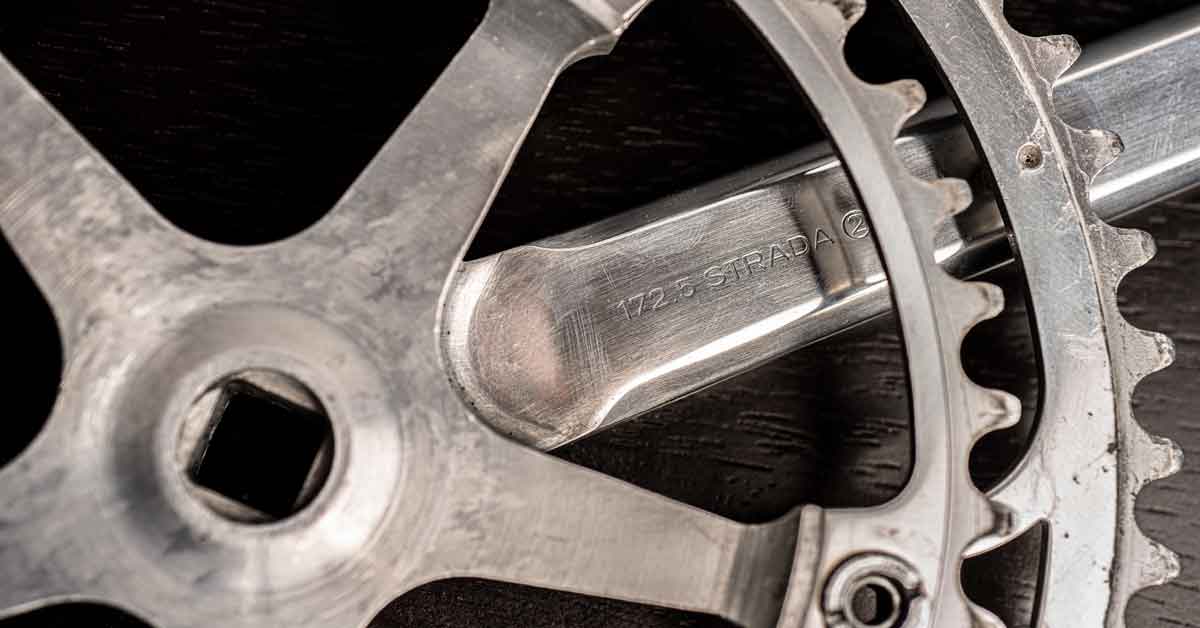
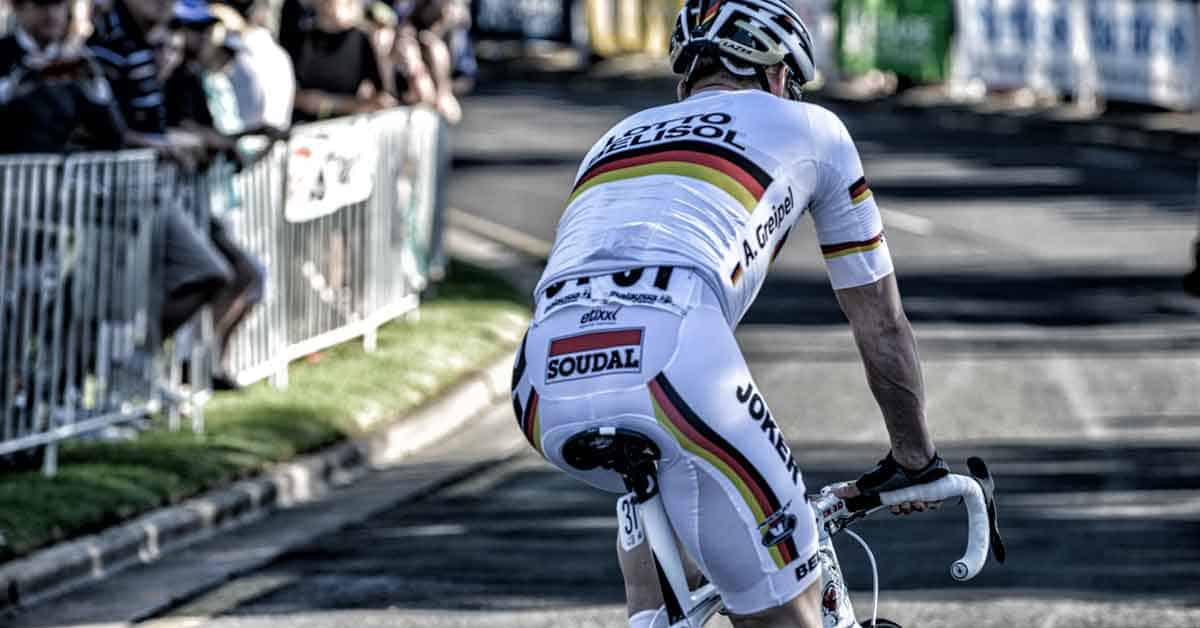
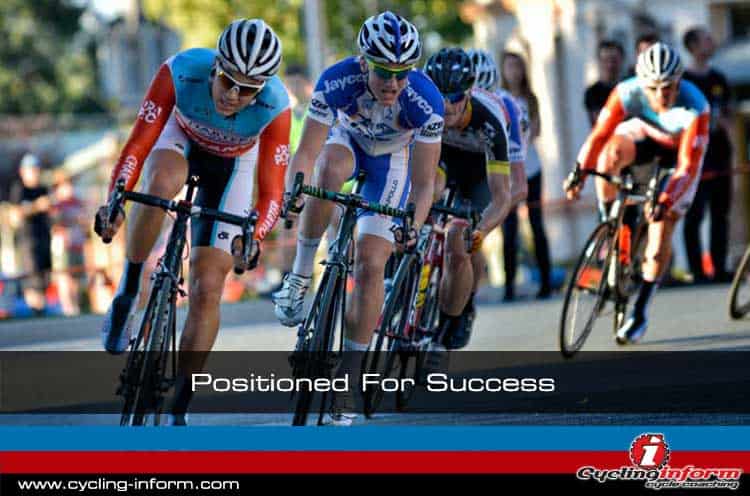
Leave A Comment